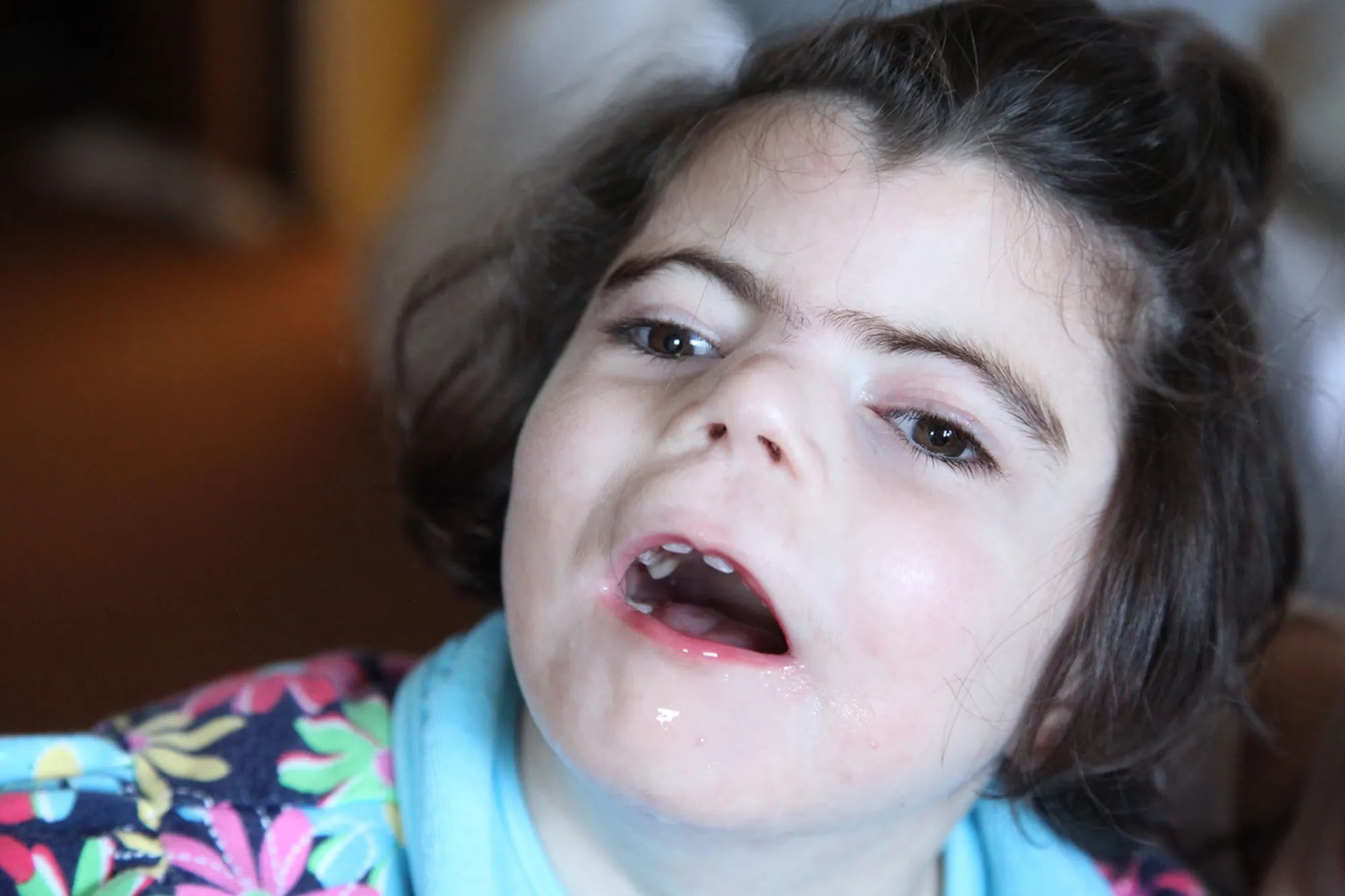
Cornelia de Lange Syndrome (CdLS) is a rare genetic disorder that affects many parts of the body. Named after Dutch pediatrician Cornelia de Lange, who first described it in 1933, this condition can cause a range of physical, cognitive, and medical challenges. Symptoms often include distinctive facial features, growth delays, intellectual disability, and limb differences. While the severity varies, early diagnosis and intervention can significantly improve quality of life. Understanding CdLS is crucial for families, caregivers, and medical professionals to provide the best care and support. Let's dive into 30 essential facts about this complex syndrome.
What is Cornelia de Lange Syndrome?
Cornelia de Lange Syndrome (CdLS) is a rare genetic disorder that affects various parts of the body. It is named after the Dutch pediatrician who first described it in 1933. Here are some fascinating facts about this condition.
-
CdLS is estimated to occur in 1 in 10,000 to 30,000 live births worldwide.
-
The syndrome is characterized by distinctive facial features, growth delays, intellectual disability, and limb abnormalities.
-
CdLS can be caused by mutations in several different genes, including NIPBL, SMC1A, and HDAC8.
-
The severity of symptoms can vary widely among individuals with CdLS.
Symptoms and Characteristics
Understanding the symptoms and characteristics of CdLS can help in early diagnosis and management. Here are some key points to know.
-
Common facial features include arched eyebrows that often meet in the middle, long eyelashes, a short upturned nose, and thin downturned lips.
-
Growth delays are evident from birth, with affected individuals often being smaller than their peers.
-
Intellectual disability ranges from mild to severe, affecting cognitive development and learning abilities.
-
Limb abnormalities may include missing fingers or toes, small hands and feet, and limited elbow movement.
Diagnosis and Genetic Testing
Diagnosing CdLS involves a combination of physical examination and genetic testing. Here are some important facts about the diagnostic process.
-
A clinical diagnosis is often made based on the presence of characteristic physical features.
-
Genetic testing can confirm the diagnosis by identifying mutations in the associated genes.
-
Prenatal diagnosis is possible through genetic testing if there is a known family history of CdLS.
-
Early diagnosis allows for better management of the condition and planning for necessary interventions.
Management and Treatment
While there is no cure for CdLS, various treatments can help manage the symptoms. Here are some ways to support individuals with CdLS.
-
Regular medical check-ups are essential to monitor growth, development, and any emerging health issues.
-
Early intervention programs, including physical, occupational, and speech therapy, can improve developmental outcomes.
-
Special education services tailored to the individual's needs can enhance learning and social skills.
-
Surgical interventions may be necessary to address specific physical abnormalities, such as limb deformities or gastrointestinal issues.
Living with Cornelia de Lange Syndrome
Living with CdLS presents unique challenges, but with the right support, individuals can lead fulfilling lives. Here are some insights into daily life with CdLS.
-
Social support from family, friends, and community organizations is crucial for emotional well-being.
-
Many individuals with CdLS have a friendly and sociable personality, despite their challenges.
-
Adaptive devices and technologies can assist with communication and daily activities.
-
Support groups and online communities provide valuable resources and connections for families affected by CdLS.
Research and Future Directions
Ongoing research aims to improve our understanding of CdLS and develop better treatments. Here are some exciting developments in the field.
-
Advances in genetic research are uncovering new genes associated with CdLS, leading to more accurate diagnoses.
-
Studies on the molecular mechanisms of CdLS are helping to identify potential therapeutic targets.
-
Clinical trials are exploring new treatments to address specific symptoms and improve quality of life.
-
Collaborative research efforts are bringing together scientists, clinicians, and families to accelerate progress.
Awareness and Advocacy
Raising awareness about CdLS is essential for improving diagnosis, treatment, and support. Here are some ways to get involved.
-
CdLS Awareness Day is celebrated annually on May 8th to promote understanding and support for those affected.
-
Advocacy organizations work to raise funds for research, provide resources, and support families.
-
Educational campaigns aim to inform healthcare professionals and the public about CdLS.
-
Sharing personal stories and experiences can help raise awareness and reduce stigma.
Conclusion
Cornelia de Lange Syndrome is a complex condition that requires a multidisciplinary approach to care. Here are a few final facts to consider.
-
Early diagnosis and intervention can significantly improve outcomes for individuals with CdLS.
-
Ongoing research and advocacy efforts are essential for advancing our understanding and treatment of this rare disorder.
Understanding Cornelia De Lange Syndrome
Cornelia De Lange Syndrome (CdLS) is a rare genetic disorder that affects many parts of the body. People with CdLS often have distinctive facial features, growth delays, and intellectual disabilities. Early diagnosis and intervention can significantly improve the quality of life for those affected.
Support from healthcare professionals, educators, and family members plays a crucial role in managing the condition. Genetic counseling can help families understand the risks and implications of CdLS.
Awareness and research are essential for better treatments and support systems. By learning more about CdLS, we can foster a more inclusive and supportive environment for individuals with this condition.
Remember, every person with CdLS is unique, and their needs may vary. Compassion, understanding, and patience go a long way in making a positive impact on their lives.
Was this page helpful?
Our commitment to delivering trustworthy and engaging content is at the heart of what we do. Each fact on our site is contributed by real users like you, bringing a wealth of diverse insights and information. To ensure the highest standards of accuracy and reliability, our dedicated editors meticulously review each submission. This process guarantees that the facts we share are not only fascinating but also credible. Trust in our commitment to quality and authenticity as you explore and learn with us.


